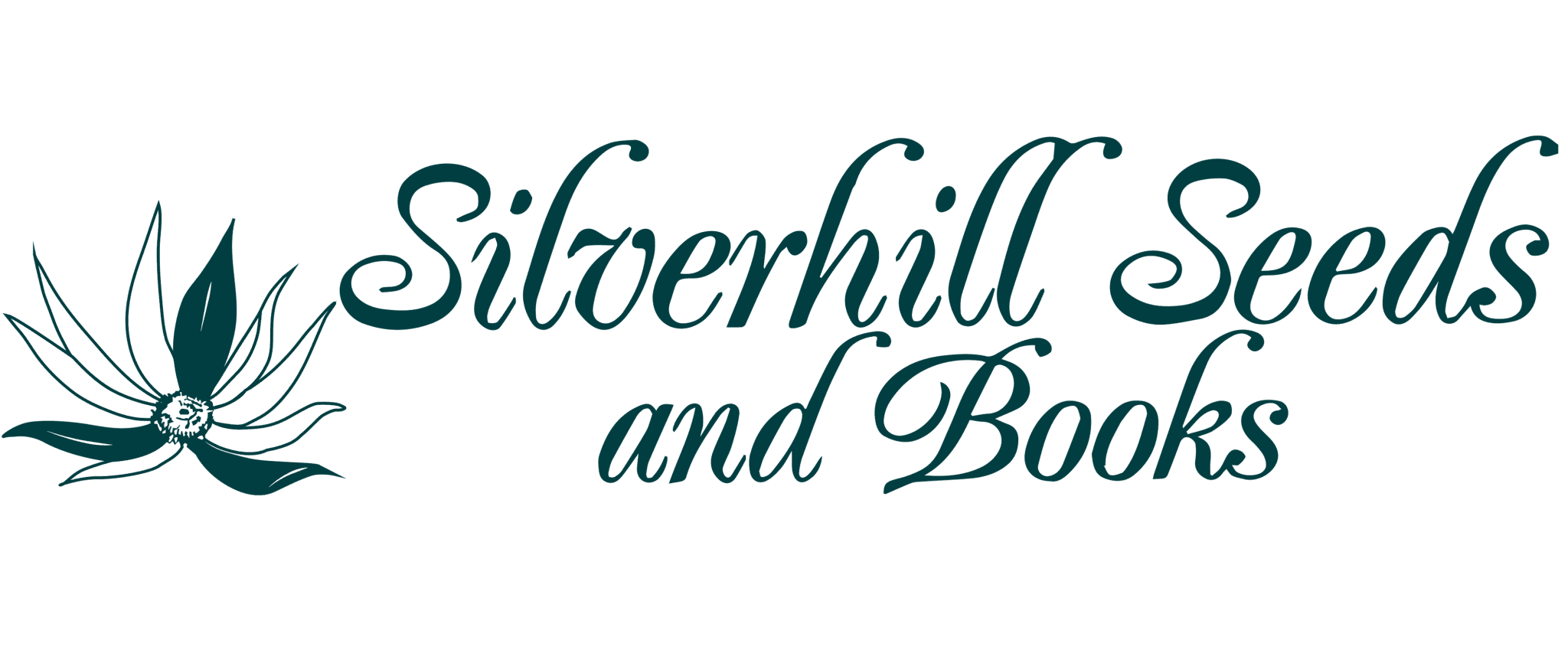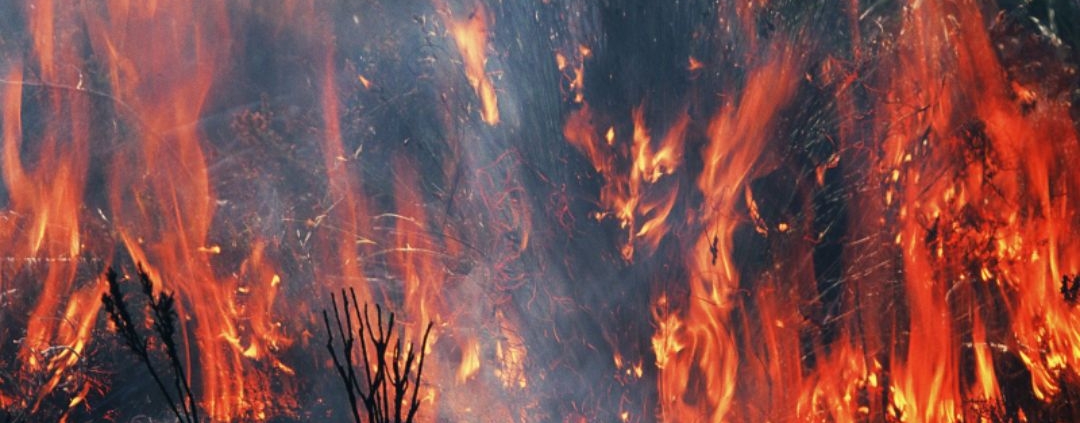From the Archives: Newsletter January 2000
January 2000
Dear plant lover,
The last year in the South Western Cape has been unusually dry (again!). Last summer we thought that just about every mountain range in the Western Cape had burned – at one stage there were 7 major fires within sight of Cape Town. These summer fires, followed by one of the driest winters we have experienced, have been disastrous for the flora, and on many of the fire sites there has been little or no regeneration of fynbos plants, and the big displays of annuals and bulbs that normally follow fires did not materialise. As a result of an early fire (ie. only 7 years since the last fire) in the Stellenbosch mountains, Protea grandiceps may now be extinct in that area, as the plants had only just flowered for the first time. This summer has also started off badly with 3 large fires already, one of them in an area that last burned only a few years ago.
On a visit to Namaqualand in July, it was most depressing and it looked as though it was mid-summer – not a speck of green and no annuals anywhere. We wrote the area off and thought “no flowers this year”. On the bright side, the Cape Peninsula and some parts of the West Coast produced some of the most dazzling spring displays of annuals that we have ever seen – vast sheets of Nemesias, Arctotis, white Dimorphothecas , blue Felicias , all dotted with masses of purple and pink and blue Babianas.
And then suddenly Namaqualand had 2 good falls of rain in August and September, and over night parts of the area blossomed! The Kamiesberg was a blaze of colour with annuals, Pelargoniums and bulbous plants, but a month later than usual. Not a tourist in sight – they had all given up and gone home disappointed! Such is the fickleness of nature!
This year we spent a large amount of time out and about seed collecting, and we did our customary 70 000km driving distance! While seed collecting, we often feel like ants, or hunter food gatherers, collecting up the harvest and trundling home with our bags of seeds. Quite frequently we are helped in our seed harvesting by the actions of various animals. This year we collected a large amount of Diospyros mespilliformis seed, something we normally struggle to get due to the large size of the trees. This time it was easy – bats had been busy in the tree eating the flesh off the fruits and discarding the seeds which lay in heaps on the ground underneath. A few days later we found great piles of Maroela seeds (Sclerocarya birrea), beautifully cleaned for us by a combination of monkeys in the trees above, and goats on the ground. And we never collect Cussonia seeds unless we see birds, usually starlings or barbets eating the fruits – they are very fussy and only eat the fruits when they are ripe!
Our smallholding is progressing, and in the next two weeks we will be erecting yet another large shade area. As bulbs grow they need more and more space – something that one does not think about when one starts off with a little handful of seeds! And of course, as more and more shade cloth goes up, so we need more and more watering systems – something else one doesn’t think about. With all the fires in the Cape we have managed to collect a good range of showy annuals. Last autumn we sowed seeds of about 20 species and we were encouraged by their success. Some were good, some were wonderful, and some were unsuccessful and were discarded quickly! This year we will be sowing a further 60 to 70 species, and we look forward to seeing them flower “in captivity”. The idea is not only to find new annuals with potential, but also to start bulking up the seed for future sale. One of our more successful annuals is a white <i>Dimorphotheca</i> that we call “Silverhill White”. We started off with a handful of seeds several years ago, and this year we sold about 400kg, grown for us by two seed producers. We have discovered how important it is to spread the risk of seed production – one of our growers in the Little Karoo started off this last autumn with 8kg of seed, and landed up with 1kg at the end of the season! This was due to a complete lack of rain and unseasonal hot weather in mid-winter. It was our success with this daisy that encouraged us to try some other annuals.
Frontier laboratory is doing well, and we have now reached the point where we can consider building our own premises, rather than renting an old converted farm house. Plans for a new lab are being drawn up, and hopefully we will begin to build in the new year. The lab will be built on our smallholding, so we will not be leaving the winelands of Stellenbosch. Our smallholding is a sub-division of the Hazendal Wine Estate, which has just won the “wine-maker of the year” award in South Africa.
In the middle of next year we will once again be visiting America, this time at the request of the North American Rock Garden Society. Rod will be giving a series of lectures at various towns mostly in the Eastern USA, ending up in the Rocky Mountains. A good way to plan a trip!
Frances, Ondine and Darkie are still all with us. Darkie now lives in a new larger house and had a frustrating year finding out about the joys of building and selling houses! Ondine’s son is almost a year old and will be walking any day. Frances now has a teenage daughter, and we all know what that means!
Finally, last but not least, our cats now number 4. During this last winter while collecting seeds in the rain along the West Coast, we heard a tentative miaow from under a bush, miles from anywhere. With a bit of encouragement from Rod, a little bedraggled orange kitten emerged and rubbed round our ankles. Well, what could one do, so we now have one of the most confident, beautiful and active ginger cats that we have ever seen. He has been aptly named Zingiber, and he now plagues the living daylights out of our older, and more sedate Patrick, Charlotte and Velcro!
Happy seed sowing and we hope that you all have a peaceful, happy and prosperous new year.
Rachel and Rod Saunders


